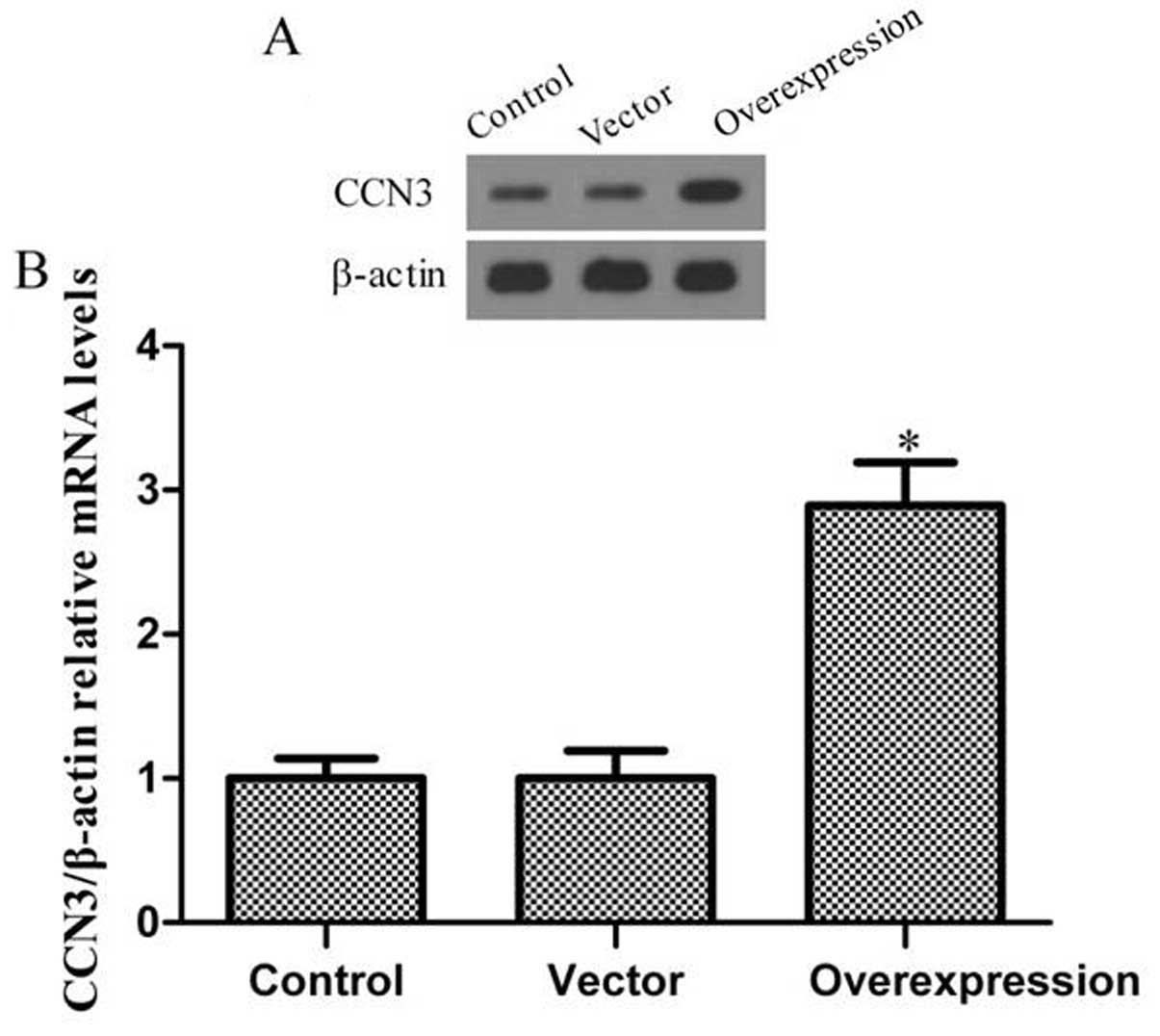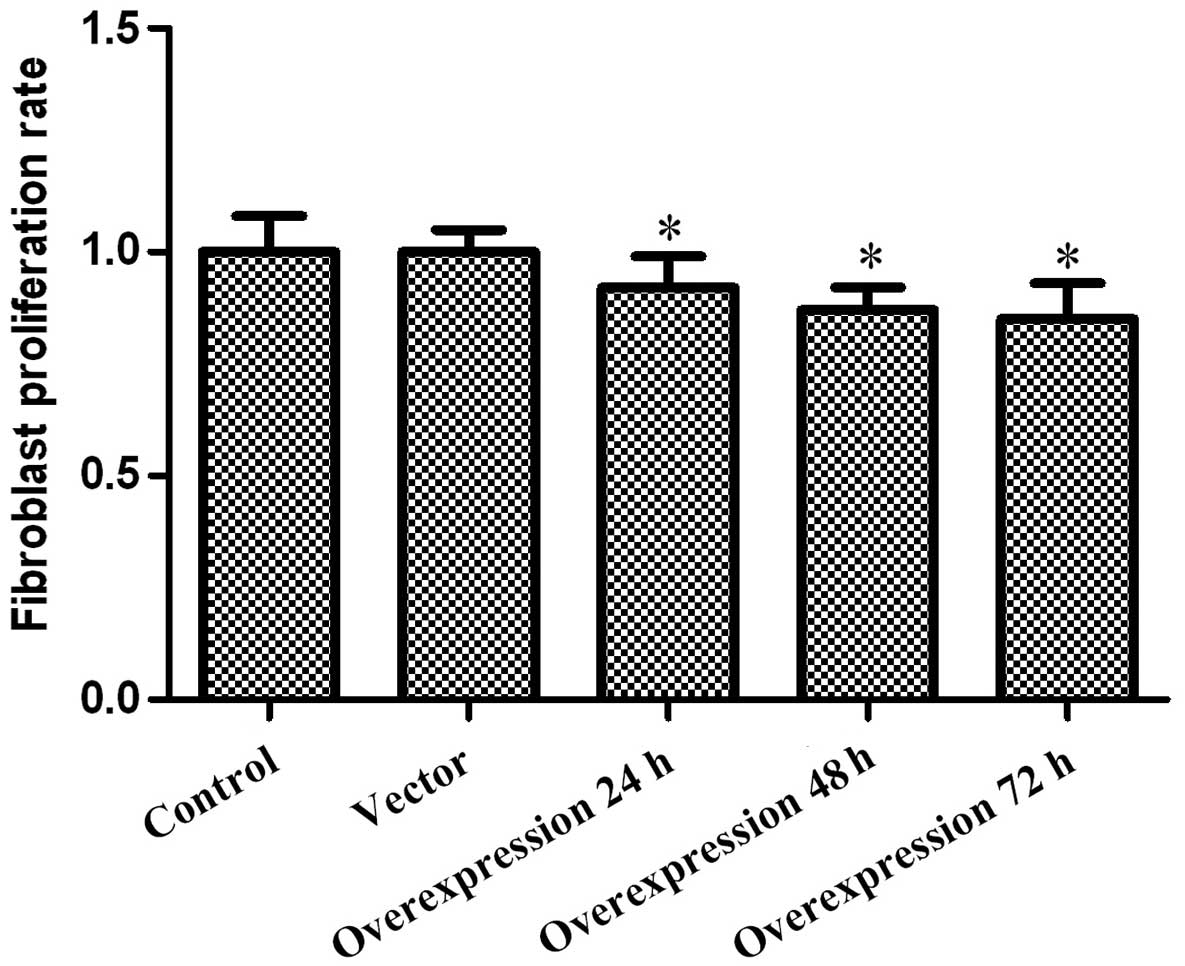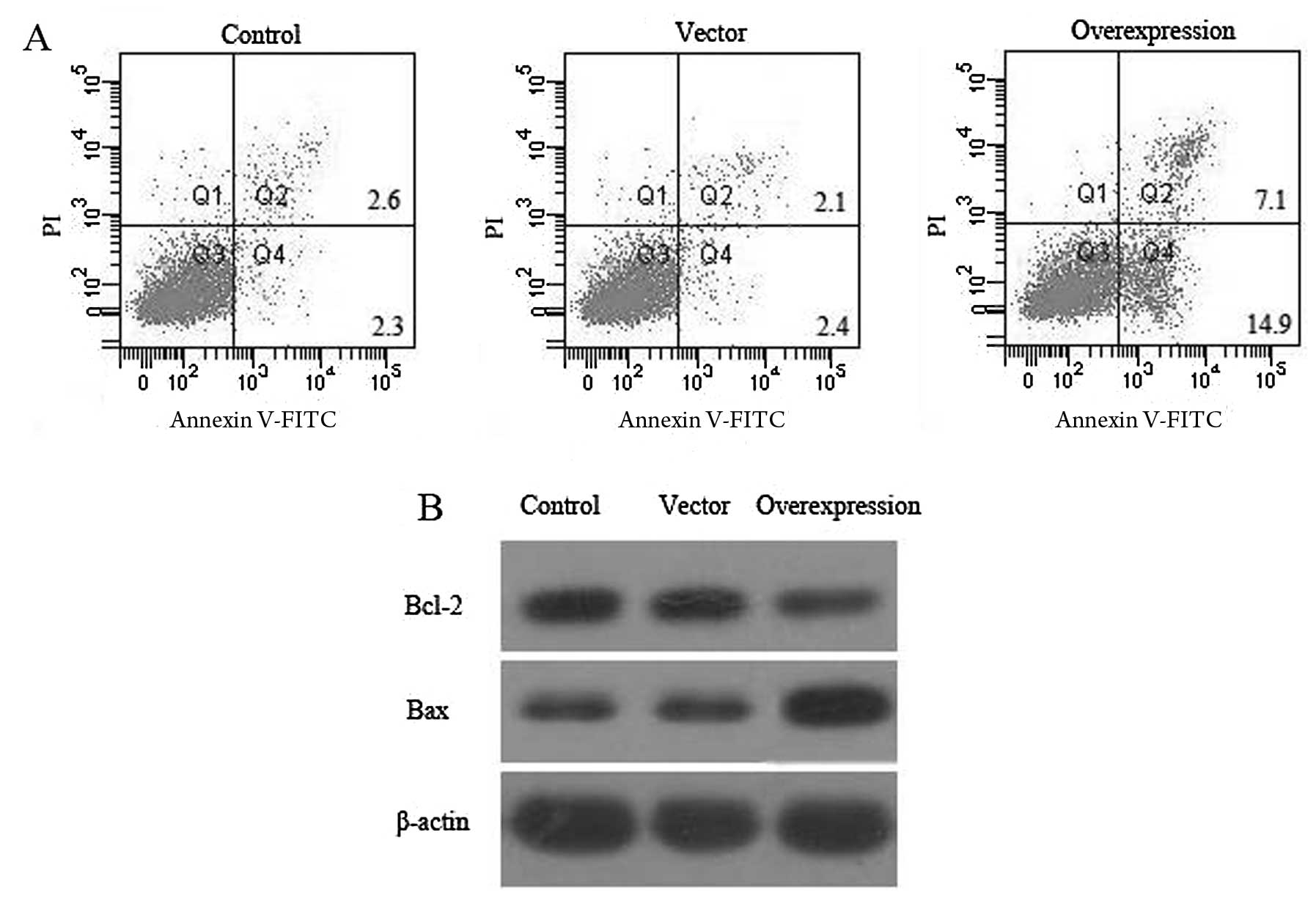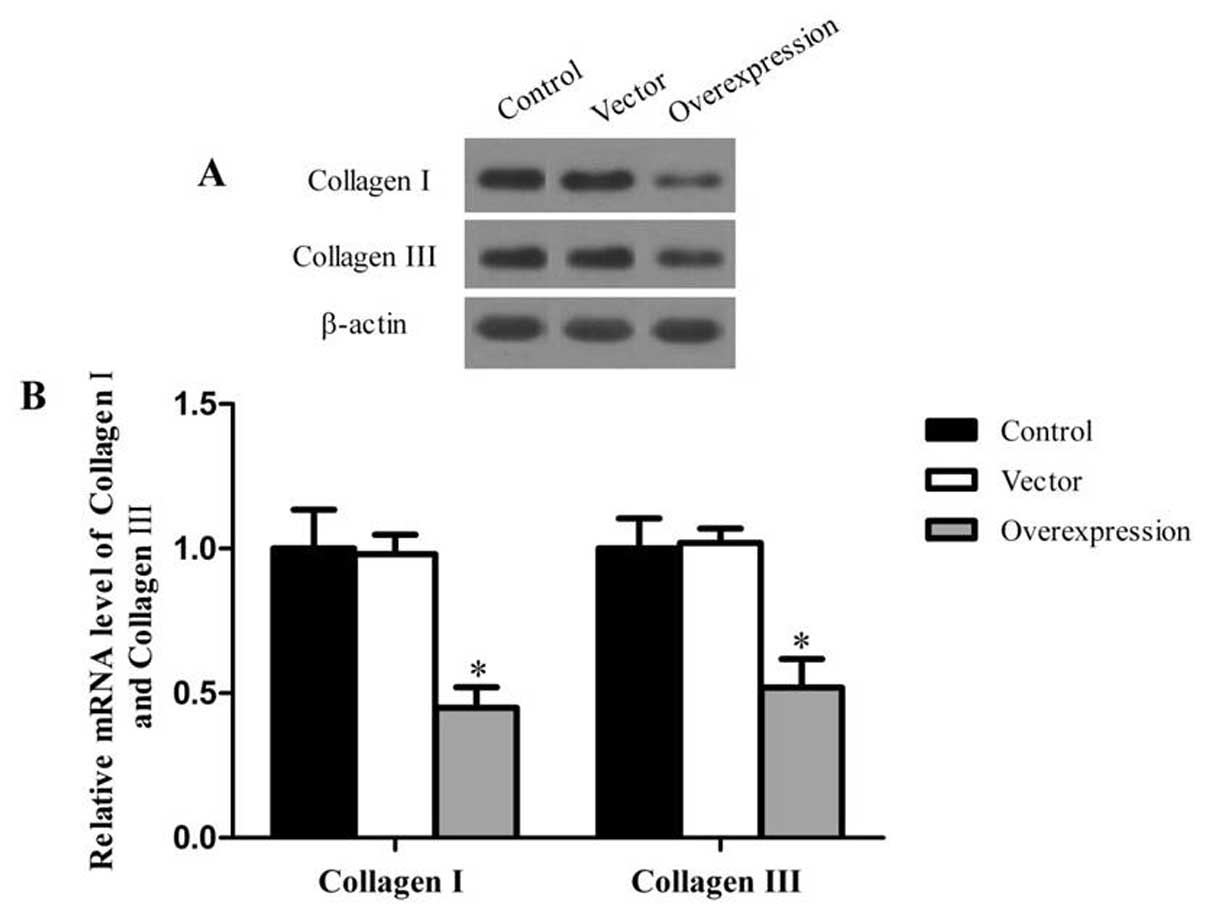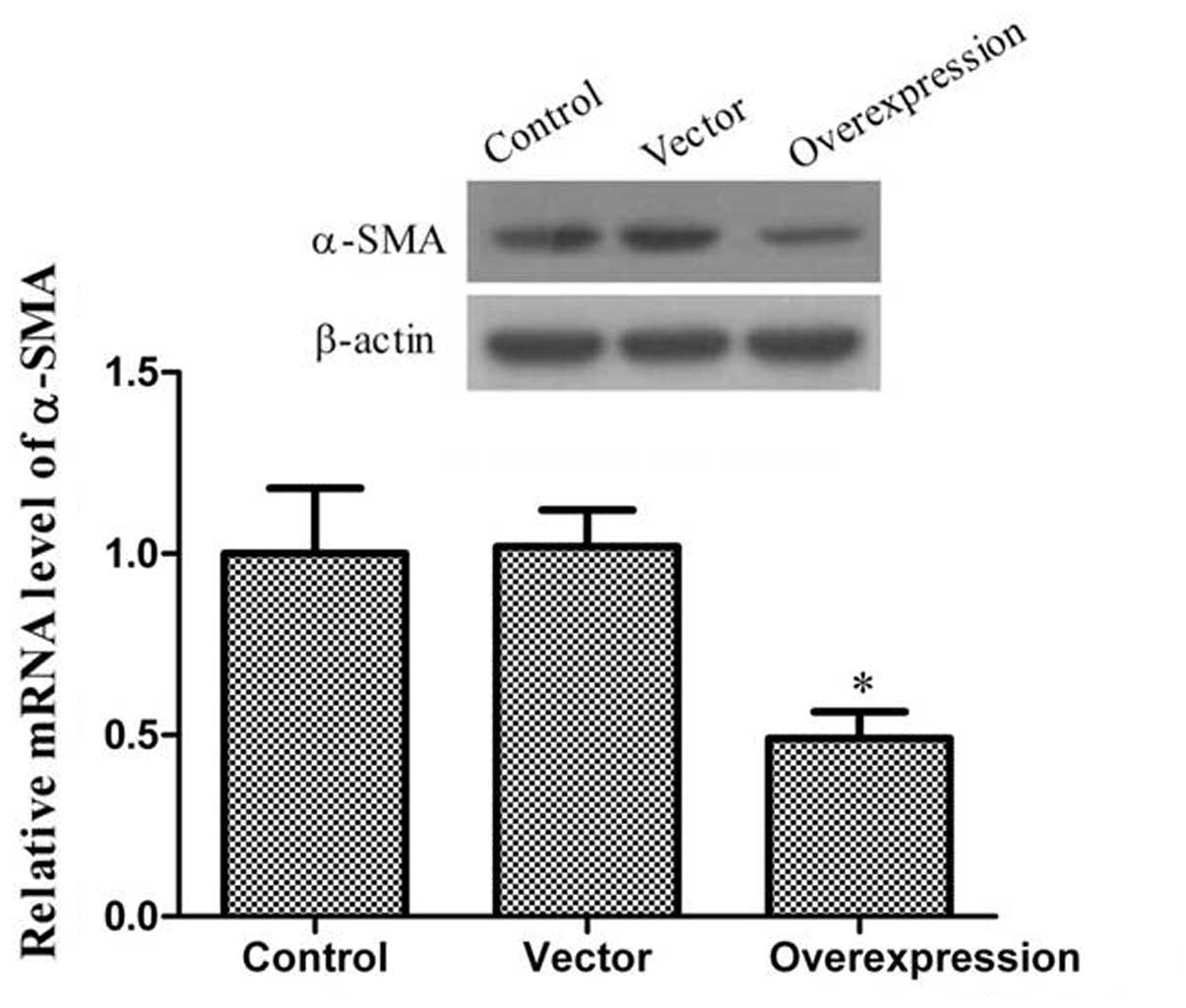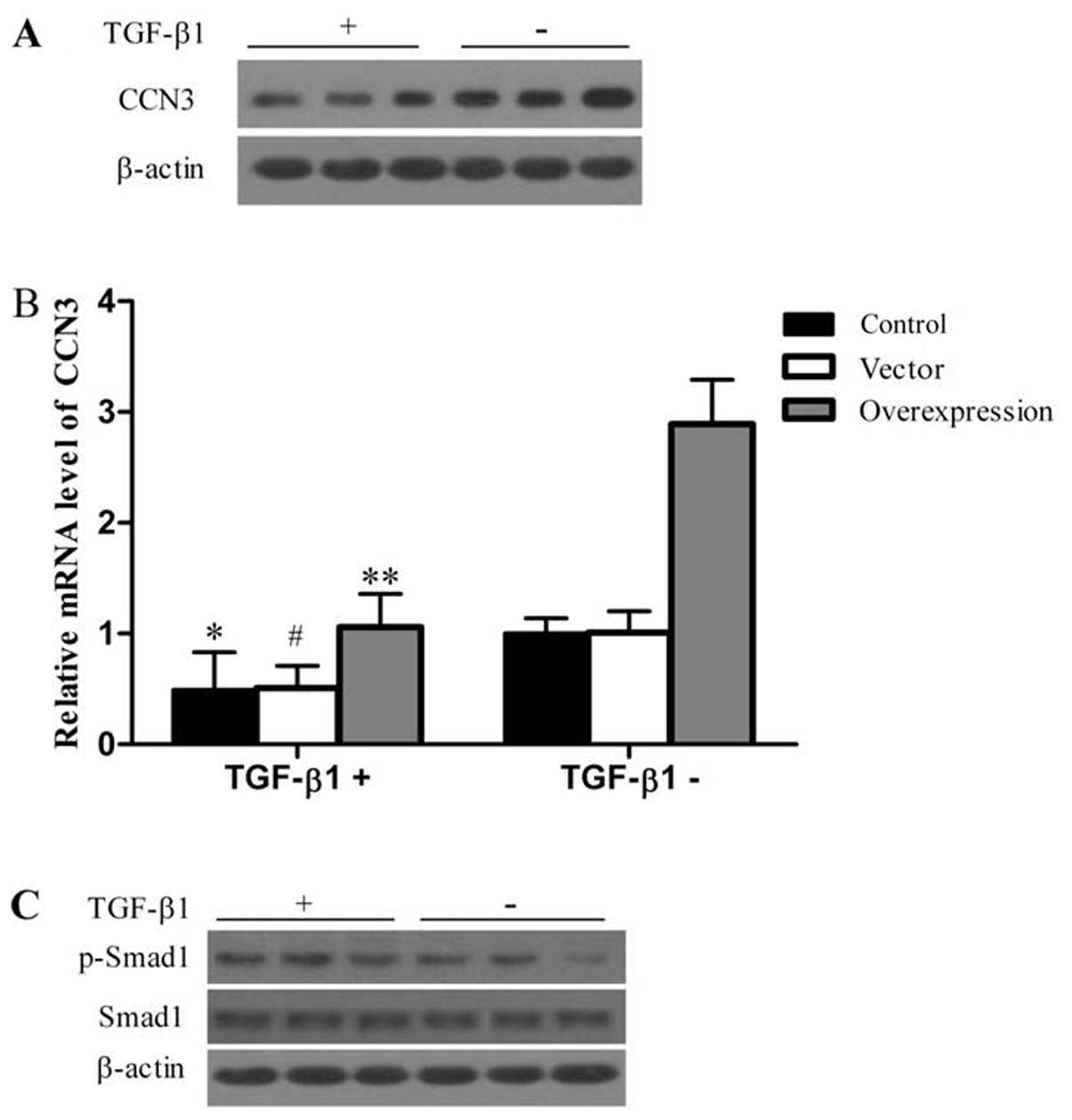|
1
|
Marazita ML: The evolution of human
genetic studies of cleft lip and cleft palate. Annu Rev Genomics
Hum Genet. 13:263–283. 2012. View Article : Google Scholar : PubMed/NCBI
|
|
2
|
Reiter R, Haase S and Brosch S: [Orofacial
clefts]. Laryngorhinootologie. 91:84–95. 2012. View Article : Google Scholar
|
|
3
|
Cox TC, Luquetti DV and Cunningham ML:
Perspectives and challenges in advancing research into craniofacial
anomalies. Am J Med Genet C Semin Med Genet. 163:213–217. 2013.
View Article : Google Scholar : PubMed/NCBI
|
|
4
|
Metzis V, Courtney AD, Kerr MC, Ferguson
C, Rondón Galeano GM, Parton RG, Wainwright BJ and Wicking C:
Patched1 is required in neural crest cells for the prevention of
orofacial clefts. Hum Mol Genet. 22:5026–5035. 2013. View Article : Google Scholar : PubMed/NCBI
|
|
5
|
Díaz Casado GH and Díaz Grávalos GJ:
[Orofacial closure defects: cleft lip and palate. A literature
review]. Semergen. 39:267–271. 2013.
|
|
6
|
Hoogewerf CJ, van Baar ME, Middelkoop E
and van Loey NE: Patient reported facial scar assessment:
directions for the professional. Burns. 40:347–353. 2014.
View Article : Google Scholar : PubMed/NCBI
|
|
7
|
Goldberg MT, Han YP, Yan C, Shaw MC and
Garner WL: TNF-alpha suppresses alpha-smooth muscle actin
expression in human dermal fibroblasts: an implication for abnormal
wound healing. J Invest Dermatol. 127:2645–2655. 2007. View Article : Google Scholar : PubMed/NCBI
|
|
8
|
Omori S, Kitagawa H, Koike J, Fujita H,
Hida M, Pringle KC and Awazu M: Activated extracellular
signal-regulated kinase correlates with cyst formation and
transforming growth factor-beta expression in fetal obstructive
uropathy. Kidney Int. 73:1031–1037. 2008. View Article : Google Scholar
|
|
9
|
Leask A and Abraham DJ: All in the CCN
family: essential matricellular signaling modulators emerge from
the bunker. J Cell Sci. 119:4803–4810. 2006. View Article : Google Scholar : PubMed/NCBI
|
|
10
|
Moussad EE and Brigstock DR: Connective
tissue growth factor: what’s in a name? Mol Genet Metab.
71:276–292. 2000.
|
|
11
|
Nakerakanti SS, Bujor AM and Trojanowska
M: CCN2 is required for the TGF-β induced activation of
Smad1-Erk1/2 signaling network. PLoS One. 6:e219112011.
|
|
12
|
Hahn A, Heusinger-Ribeiro J, Lanz T,
Zenkel S and Goppelt-Struebe M: Induction of connective tissue
growth factor by activation of heptahelical receptors. Modulation
by Rho proteins and the actin cytoskeleton. J Biol Chem.
275:37429–37435. 2000. View Article : Google Scholar : PubMed/NCBI
|
|
13
|
Sisco M, Kryger ZB, O’Shaughnessy KD, Kim
PS, Schultz GS, Ding XZ, Roy NK, Dean NM and Mustoe TA: Antisense
inhibition of connective tissue growth factor (CTGF/CCN2) mRNA
limits hypertrophic scarring without affecting wound healing in
vivo. Wound Repair Regen. 16:661–673. 2008. View Article : Google Scholar : PubMed/NCBI
|
|
14
|
Riser BL, Bhagavathula N, Perone P,
Garchow K, Xu Y, Fisher GJ, Najmabadi F, Attili D and Varani J:
Gadolinium-induced fibrosis is counter-regulated by CCN3 in human
dermal fibroblasts: a model for potential treatment of nephrogenic
systemic fibrosis. J Cell Commun Signal. 6:97–105. 2012. View Article : Google Scholar : PubMed/NCBI
|
|
15
|
Kanda T, Funato N, Baba Y and Kuroda T:
Evidence for fibroblast growth factor receptors in myofibroblasts
during palatal mucoperiosteal repair. Arch Oral Biol. 48:213–221.
2003. View Article : Google Scholar : PubMed/NCBI
|
|
16
|
Liu L, Zhang G, Liang Z, Liu X, Li T, Fan
J, Bai J and Wang Y: MicroRNA-15b enhances
hypoxia/reoxygenation-induced apoptosis of cardiomyocytes via a
mitochondrial apoptotic pathway. Apoptosis. 19:19–29. 2014.
View Article : Google Scholar : PubMed/NCBI
|
|
17
|
Crowe J, Aubareda A, McNamee K, Przybycien
PM, Lu X, Williams RO, Bou-Gharios G, Saklatvala J and Dean JL:
Heat shock protein B1-deficient mice display impaired wound
healing. PLoS One. 8:e773832013. View Article : Google Scholar : PubMed/NCBI
|
|
18
|
Hu X, Wang H, Liu J, Fang X, Tao K, Wang
Y, Li N, Shi J, Wang Y, Ji P, Cai W, Bai X, Zhu X, Han J and Hu D:
The role of ERK and JNK signaling in connective tissue growth
factor induced extracellular matrix protein production and scar
formation. Arch Dermatol Res. 305:433–445. 2013. View Article : Google Scholar : PubMed/NCBI
|
|
19
|
Yang G, Crawford RC and Wang JH:
Proliferation and collagen production of human patellar tendon
fibroblasts in response to cyclic uniaxial stretching in serum-free
conditions. J Biomech. 37:1543–1550. 2004. View Article : Google Scholar : PubMed/NCBI
|
|
20
|
Fujiwara N, Doi T, Gosemann JH, Kutasy B,
Friedmacher F and Puri P: Smad1 and WIF1 genes are downregulated
during saccular stage of lung development in the nitrofen rat
model. Pediatr Surg Int. 28:189–193. 2012. View Article : Google Scholar : PubMed/NCBI
|
|
21
|
Yuan J, Huang G, Xiao Z, Lin L and Han T:
Overexpression of β-NGF promotes differentiation of bone marrow
mesenchymal stem cells into neurons through regulation of AKT and
MAPK pathway. Mol Cell Biochem. 383:201–211. 2013.
|
|
22
|
Cannata A, Petrella D, Russo CF, Bruschi
G, Fratto P, Gambacorta M and Martinelli L: Postsurgical
intrapericardial adhesions: mechanisms of formation and prevention.
Ann Thorac Surg. 95:1818–1826. 2013. View Article : Google Scholar : PubMed/NCBI
|
|
23
|
Pickering JG: Regulation of vascular cell
behavior by collagen: form is function. Circ Res. 88:458–459. 2001.
View Article : Google Scholar : PubMed/NCBI
|
|
24
|
Sato M: Upregulation of the
Wnt/beta-catenin pathway induced by transforming growth factor-beta
in hypertrophic scars and keloids. Acta Derm Venereol. 86:300–307.
2006. View Article : Google Scholar : PubMed/NCBI
|
|
25
|
Abdalla M, Goc A, Segar L and Somanath PR:
Akt1 mediates α-smooth muscle actin expression and myofibroblast
differentiation via myocardin and serum response factor. J Biol
Chem. 288:33483–33493. 2013.
|



